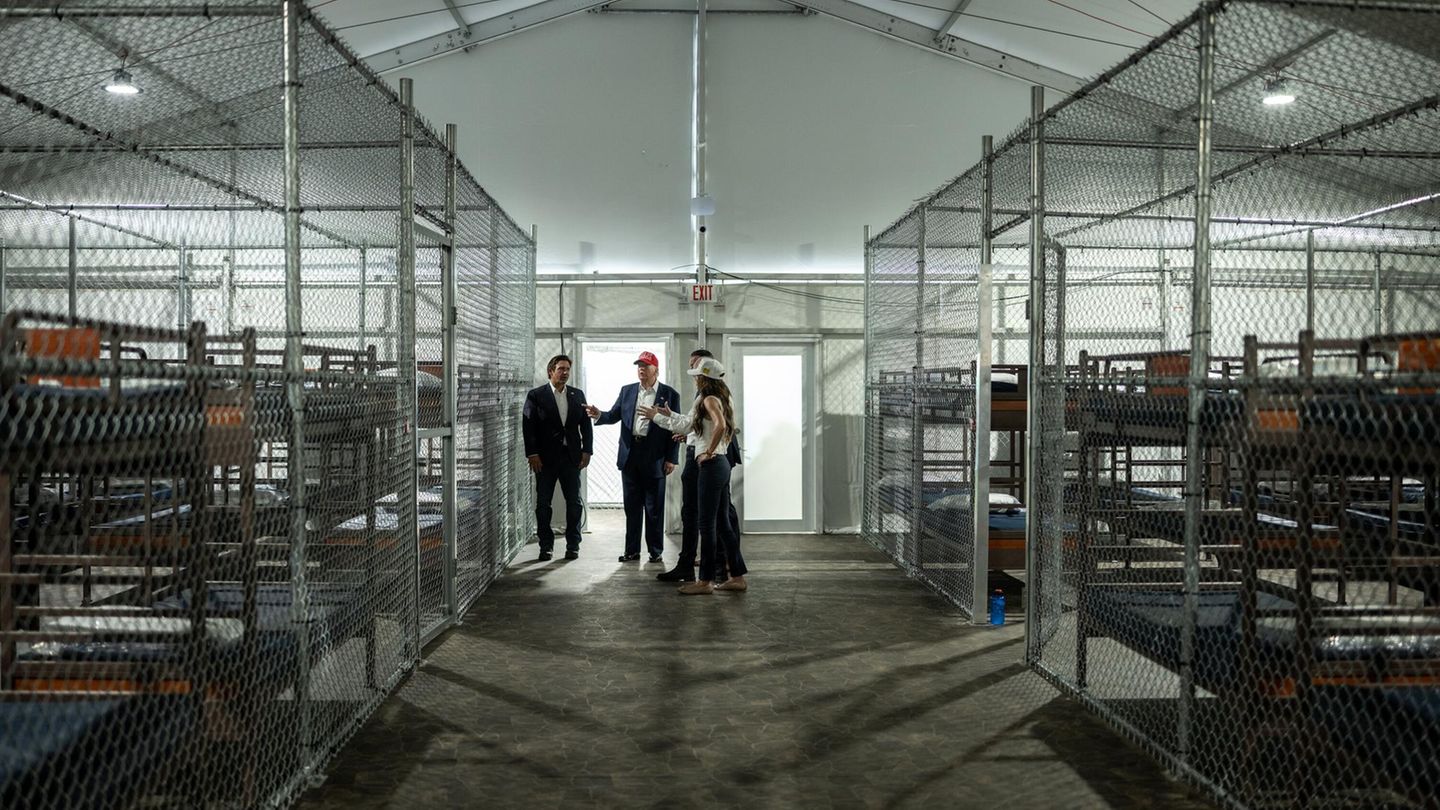In full bilateral negotiation by the 10% tariff imposition that Donald Trump’s administration applied to Argentine exports last week, the US government announced a document with its main claims to unlock the commercial relationship. It is about dThe Annual Report on Barriers to foreign tradeprepared by the Office of the Commerce Representative (USTR), where Washington It lists the obstacles that, in your opinion, hinder trade and investments with Argentina.
The report is part of the Framework Agreement on Commerce and Investments (TIFA), signed by both countries in 2016. Although it is not binding, the TIFA functions as a formal route of economic dialogue and could pave the path to a deeper agenda, including possible tariff benefits. To advance in that sense, the US mainly demands a greater commercial opening, lower tax pressure and a more foreseeable exchange system.
Next, the 10 main claims that Washington poses:
1. Reduction of the tax burden on imports.
The US warns that the Argentine tax structure artificially increases imported products. To the external MERCOSUR tariff are added a statistical rate of 3%, VAT advances of up to 20%, earnings from 6%to 11%, and an extra 20%VAT in some cases. Although part of these charges is reinstated, the process is slow and expensive.
2. More agile access to the gear market.
While the deadlines for paying imports were more flexible, there are still restrictions that require additional financing or intererempresarial agreements, which raises uncertainty for foreign suppliers.
3. Elimination of non -tariff barriers.
Argentina prohibits or restricts the importation of used or reconditioned goods, such as agricultural machinery or medical equipment. The US considers that these obstacles prevent access to cheaper and necessary inputs for several productive sectors.
4. Modernization of the customs system.
The report recognizes certain advances in the elimination of duplicate procedures, but asks to accelerate automation, reduce dispatch times and eliminate discretionary criteria in border controls.
5. End of the requirement of document consularization.
Washington describes “obsolete” the requirement to legalize commercial invoices in Argentine consulates, a procedure that generates unnecessary delays and costs.
6. Transparency in import licenses.
Although non -automatic licenses were eliminated in 2023, the US maintains the magnifying glass on possible bureaucratic obstacles that affect the entry of products.
7. Market reopening for living livestock.
Although bovine meat was authorized since 2018, the entry of living animals is still vetoed for health reasons. USA claims to resume technical negotiations to enable this trade.
8. Intellectual property protection.
Argentina continues in the “priority observation list” for shortcomings in the granting of patents, improper use of confidential information and poor control over piracy in informal markets such as La Salada or the Once neighborhood.
9. Better access for service providers.
Despite recent improvements, foreign companies face exchange restrictions that hinder the collection of services. Operational obstacles persist that prevent a fluid flow of payments.
10. Liberalization of audiovisual sectors and ICT.
The US celebrated the elimination of telecommunications price controls and the flexibility of the mandatory national content in cable TV. However, It requires equitable conditions for private suppliers, especially in regard to distribution of digital content.
The report concludes that a deeper commercial opening with Argentina requires greater normative predictability, fiscal relief and free access to the currency market. It also warns that the advance will depend on Mercosur effectively implementing its common customs code.
Source: Ambito
I am a 24-year-old writer and journalist who has been working in the news industry for the past two years. I write primarily about market news, so if you’re looking for insights into what’s going on in the stock market or economic indicators, you’ve come to the right place. I also dabble in writing articles on lifestyle trends and pop culture news.




